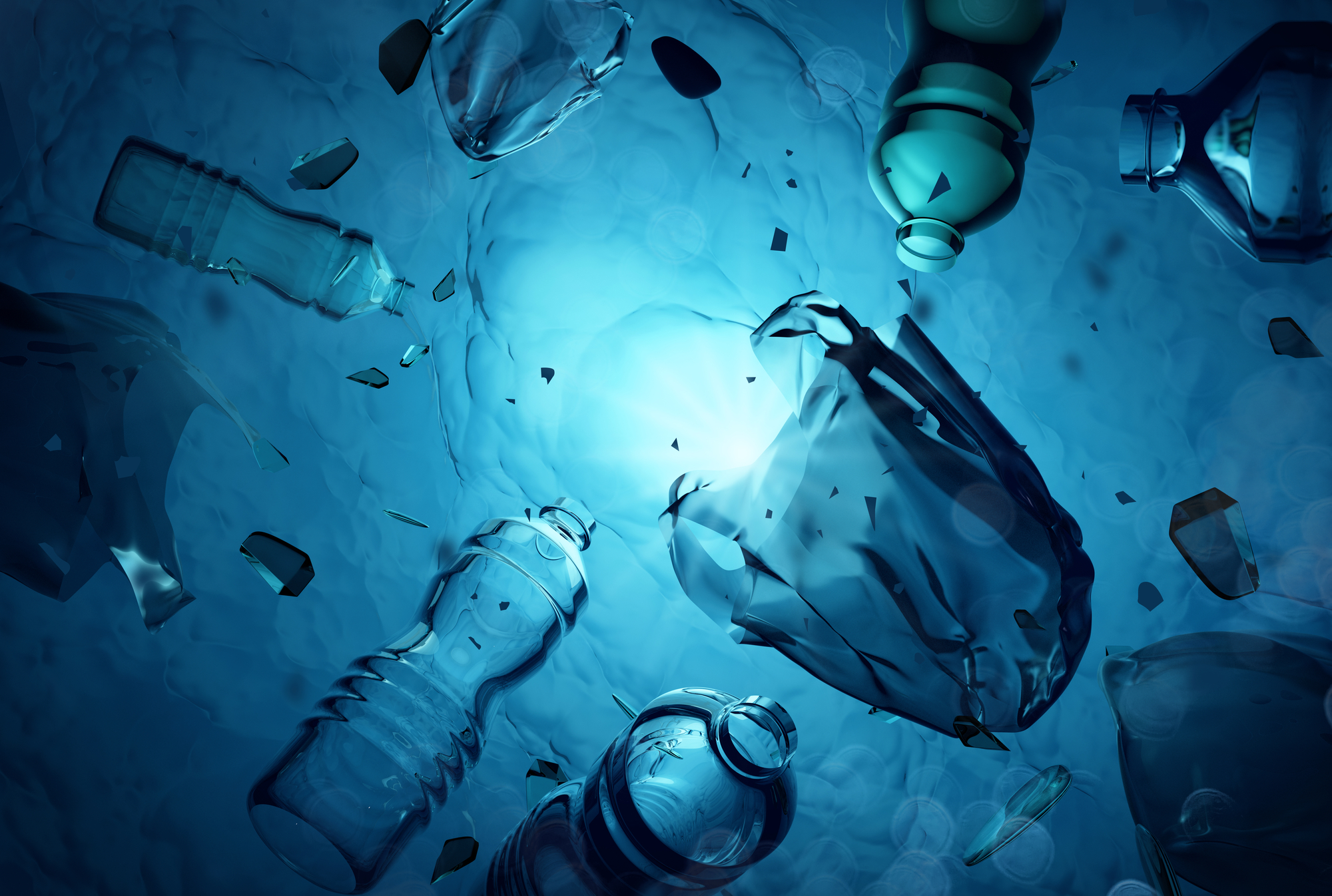3 Critical Concerns about Microplastics in Water

3 Critical Concerns about Microplastics in Water
According to the United Nations Environment Programme, about 280 million tons of plastic produced each year have a minimal lifespan, such as single-use plastic bags or bottles. That number alone is staggering, but it constitutes only about two-thirds of the plastic made in total each year. The National Institutes of Health further highlights that just one liter-sized bottle results in about 240,000 tiny pieces of plastic. Understandably, microplastics in water and in our world as a whole are a clear issue and a continually growing problem. To help learn more about microplastics in the water supply, the following outlines the issues and offers guidance on how to help protect yourself against these problematic particles.
Microplastics: What are they? Why are they found in water?
According to the World Health Organization (WHO), microplastics are everywhere; they appear in everything from freshwater to tap and bottled water, as well as our food and even the air! The WHO also notes that microplastics can come from many different materials and virtually their only definitive feature is that they are typically less than 5 millimeters in length. As different plastic sources break down, microplastics find their way into the water, animals, and more. While many people know that plastic waste like bottles and bags contributes to water pollution, the National Oceanic and Atmospheric Administration highlights that other items, like beauty products or even toothpaste, may also result in microplastics in water.
3 Reasons to Be Concerned about Microplastics in Water
Although microplastics are not a new problem, significant research into the impact of these particles and their ramifications has been happening in recent years. As shared by Harvard Medicine and National Geographic, here are some of the concerning realizations about microplastics that have been uncovered:
- Despite their small size, microplastics may last for centuries or even a millennium. If you think about the sheer volume of plastic produced each year, it is easy to understand why our daily existence may be accompanied by microplastic exposure. Consequently, they are not only accumulating faster than they are being addressed but also causing problems in terms of water, as well as air and land.
- Microplastics are often consumed by animals through their own water consumption, who may then end up as part of our own meals. Other harmful contaminants can also attach themselves to microplastics making them even more dangerous no matter how we may be exposed to them.
- In terms of human health, issues like inflammation, lung and liver issues, and even disruptions to metabolism have been associated with microplastics. Unfortunately, research into the impact of these particles is still in its early stages, so some of the longer-lasting ramifications may not have yet been uncovered.
How to Reduce Exposure to Microplastics in Water
Microplastics in the water and elsewhere pose a potential danger to humans and other living things. Reducing your contribution to microplastic pollution is imperative to combating the holistic issue, but there are also steps you can take today to help mitigate the exposure to microplastics in your drinking water. Additionally, professional water experts, like those at the Aqua Pump Co., will be able to assist you in mitigating microplastics from your water as well and the following offers some initial steps to take.
- Test your water: Routine water testing helps you understand and manage your home’s water supply. From microplastics to PFAS to other common water contaminants like iron and arsenic, what’s in your water can impact its quality and safety. However, you can help protect your family with regular water testing from a qualified water company near you.
- Filter your water: Many people turn to bottled water for reasons like convenience, taste or even safety. However, this choice doesn’t necessarily decrease your exposure to microplastics, but ironically increases the pervasiveness of this problem. If you haven’t already made the switch to a reusable water bottle and a whole home filtration system, now is the perfect time. Whether you opt for a reverse osmosis unit or a whole house filtration system, this installation is beneficial to you and the environment.
- Seek solutions: Connecting with your trusted water expert can help you address concerns about microplastic in your water. However, other steps can be taken to limit exposure. In addition to the ones you already know, like opting for reusable cups and avoiding (not just recycling) plastic containers, environmental digital news source, EcoWatch, provides additional recommendations about how changing your laundry routine and choosing different beauty products can make a difference.
Concerned about microplastics or other contaminants in your water? Interested in a home water filtration system, well maintenance, or other water services? Need emergency water service? Contact the Aqua Pump Co. today because we are here for you 24/7, 365 days a year!